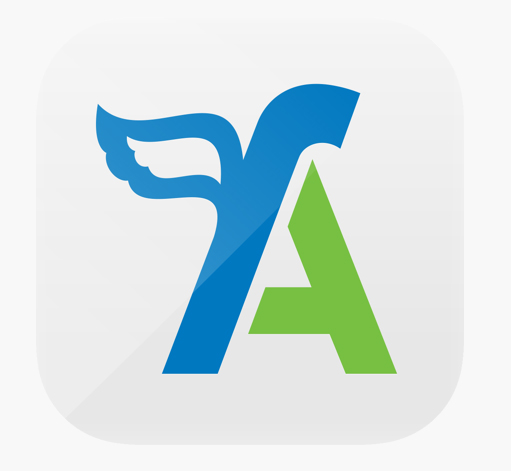
Running a fully digital operation thanks to some affordable apps and innovative thinking has helped Shoreditch-based architectural practice White Red Architects (WRA) steer a successful transition from start-up to 12-strong firm in four years. Director Jesus Jimenez explains the practice’s approach to tech to Denise Chevin.
WRA has successfully navigated the transition from a micro-practice to a medium-sized one thanks to its lauded design flair and a pragmatic and professional approach to running its business.
Underpinning its creative flair and business acumen is an enterprising approach to IT. This has ensured that the practice is at the cutting edge in visualising projects for clients and has helped WRA keep a watchful eye on money coming in and cash going out. Virtual reality and digital twins are on the menu too and, BIM tools aside, most of the technology it has been enthusiastically harnessing are low-cost apps – even working with developers to bring some of the technology to market.
“From the outset, we have been careful with expenses and where we invested our money,” says director Jesus Jimenez.
The practice is fully BIM-oriented and spends money on the regular BIM software, but the judicious use of financial apps, available for small monthly fees, has saved a small fortune on software. “We have tried everything out, and we are not afraid to change either. We have even forged relationships with app investors and helped develop them.”
FreeAgent, the accounting app, and Float, for cash flow forecasting, are two apps that Jimenez likes. “Float allows you to look at different scenarios – for example, what does your cash flow look like if you hire two more people, and it is very user-friendly.”

“We have tried everything out, and we are not afraid to change either. We have even forged relationships with app investors and helped develop them.”
WRA was set up by former Manchester School of Architecture friends Joe Haire and Dicky Lewis in 2014. Jimenez, a former colleague of Lewis’s from UHA – another London practice – joined soon after. Initially they worked doing small domestic projects and extensions in their spare time while continuing their day jobs for large practices – AHMM and Foster + Partners. They went full time in 2016/17 when they had a little money behind them and the prospect of work. Initially they took space in a branding agency, which they refurbished in lieu of paying rent before moving to nearby offices in Shoreditch, east London, in 2020.
Since those fledgling days WRA has grown to 12 staff, including the three directors, and does a mixture of residential and commercial and hotel projects, including schemes in India (it has a Mumbai-based office with its own staff that runs as a separate financial entity).
Here Jimenez talks through the apps that have made the biggest difference to the business.
For design work
“All of our projects are designed using Revit BIM software, but we’ve recently adopted Twinmotion as an add-on. This is real-time 3D immersion software that produces high-quality images, panoramas and standard or 360-degree VR videos in seconds straight from the Revit model. We used to spend a huge amount of time producing CGIs. Typically, it would take hours to do one, but using this software, we can generate 12 in the same amount of time, and the increase in quality is mind-blowing. It’s also very easy to use.”
Research
“Technology has been moving at such pace and entry level costs have fallen, which has allowed us to explore digital twins. We’ve made a BIM-model of our office, which is coupled to sensors and at this stage we’re exploring what we can learn from it. This includes how the space is being used and how, for example, this might correlate with weather patterns.
“In future, we’d love to follow up with an experiment on a project that we’ve designed that has been completed and handed over. At least one of our clients is exploring how a digital twin of the building can provide insight into the way the building is used.”
Business apps

“FreeAgent and Float are the two main financial apps we have been using. We use FreeAgent for monitoring cash flow and recording expenses and invoicing. We’ve been religious in our cash flow monitoring – it’s so vital for a business like ours. FreeAgent is now owned by NatWest Bank.
“It’s either free to use or just £15 a month, compared with shelling out £10,000-£15,000 on a larger accounting system, which we don’t need. We find it so useful – you can pull off information easily to send invoices to clients and it sends automatic reminders if payment doesn’t arrive within the specified number of days.
“Aligned to this, we use Float, an app that allows you to forecast cash flow, using a number of different scenarios. For us, it’s one of the most valued apps because it shows the consequences of late payment from a client – it’s allowed us to get to where we are.
“A more recent development is our use of Shadow, which has been developed by a start-up. It is a very good relationship as they are keen to expand to other sectors beyond gaming – their main market. Currently we’re the only architectural practice using it. It’s an incredible concept for a small company like ours. It basically allows you to use your iPad or laptop to access a very powerful computer that you then control with your mouse. So instead of spending £1,500 on a new computer, you can rent a powerful model for a small amount every month. We currently have three licences.
“It opens up lots of possibilities – and it means you don’t have to change your laptop every couple of years.”
Don’t miss out on BIM and digital construction news: sign up to receive the BIMplus newsletter.












